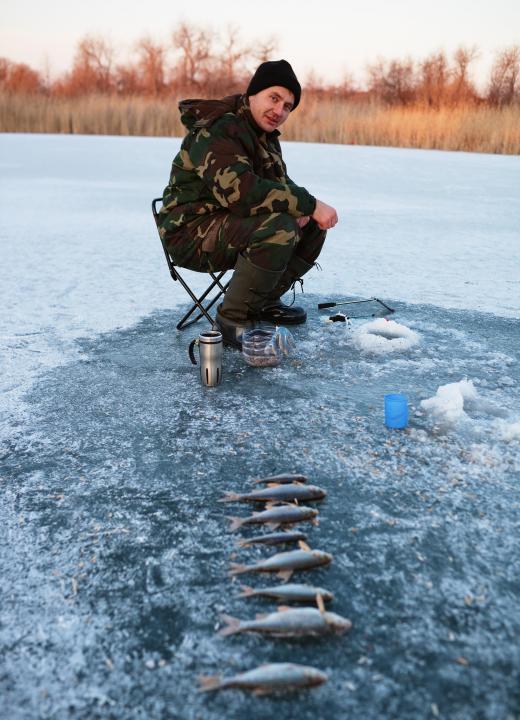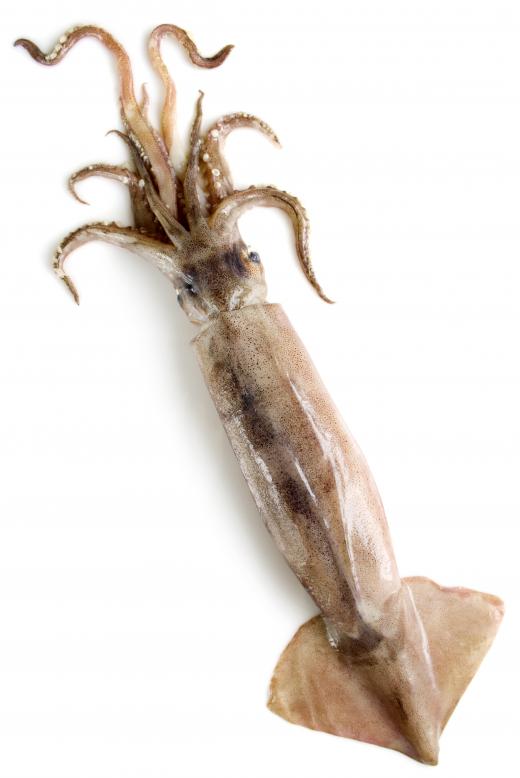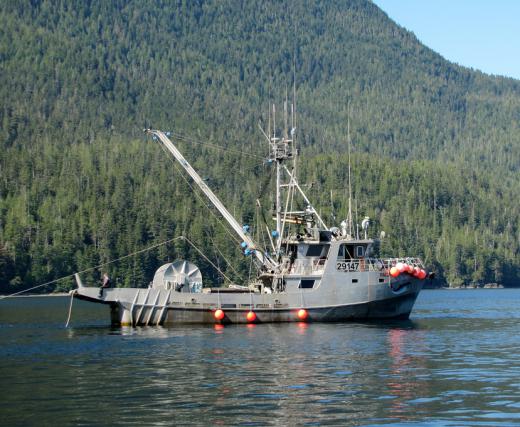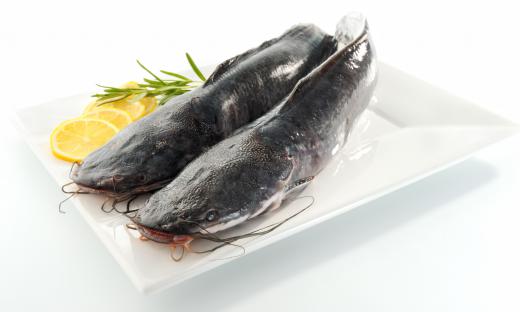There are many different types of fishing, ranging from angling to electrofishing. Sometimes, it is categorized by the type of animal being caught — for instance, fishing shrimp is called shrimping, and catching frogs with a tined spear is called gigging. This practice can also be categorized by the purpose of the fisherman, the place where the fish are caught, or the equipment used.
Purpose

There are three main purpose-based categories of fishing: commercial, recreational, and sport. The commercial type is done for a living, and is considered to be one of the most dangerous jobs in the world. Another type is recreational, which is done for fun, usually on a small scale. A variation on this is catch and release fishing, in which fishermen catch the fish for fun, then remove the hook and release them afterwards. Almost anyone can fish recreationally, though different regions do require licensing. A variation of recreational fishing is sport fishing, in which fisherman compete to catch specific types of fish or fish of specific weights.
Location

Fishing can also be categorized by the place where the fish are caught. When categorized in this way, there are two broad categories: marine and freshwater. Common type of marine fishing include deep sea, surfcasting, and netting. Common freshwater types include angling and trapping.
Equipment
Another way to categorize the different types of fishing is by the equipment used.
Hands Only

Many traditional types of fishing are done with no equipment at all, besides a person's hands. This is often called hand fishing, and is most commonly done to catch fish in streams. A few variations on this are noodling, which is used specifically to catch catfish, and tickling, in which a person rubs a fish's belly to put it into a stupor, and then grabs it out of the water. Other types are used on animals other than fish — for instance, some people dive underwater to pick up sea creatures, particularly oysters, lobsters, and abalone.
Handheld Equipment

The most common type of fishing done with handheld equipment is angling, in which a person uses a rod with a line attached to hook fish. The fisher attempts to get the fish to bite the hook by placing lures near the hook or by placing live bait on the hook. A variation of this is fly fishing, in which a special rod and line are used.
Other types of hand fishing include kite fishing, in which a baited line is attached to a kite; and poke poling, in which people take a pole with a line attached to it and poke it under rocks around the shore to try to hook animals underneath the rocks. There is also ice fishing, which is done through a hole in ice, and trolling, in which a person draws a lure through the water in order to attract fish. Another method is surfcasting, in which a person stands on the beach and casts a baited line into the ocean.
Nets and Traps

Different types of netting include hand netting, trawling, tangle netting, and cast netting. Trawling, in which a large net is thrown off of the back of a boat and dragged along the bottom of the ocean or through the water, is more often done by large scale fishers. This method is often controversial because of the way it can damage the ocean floor.

There are also a variety of fish trap designs, ranging from something as simple as a plastic bottle with the top cut off, inverted, and placed back in the bottom half to baskets with funnel-shaped openings leading into them. Different types of traps for catching specific types of animals, including crab traps, lobster traps, and eel traps.
Animals
Some fishers use animals to help the land fish or bring in nets, though this practice is not very widespread and is usually done on a small scale. One of the most famous ways of doing this is with a cormorant, a type of bird. To do this, a person puts a collar around a cormorant's neck, and then it dive into the water to catch fish. Since it can't swallow the fish because of the collar, the fisher can then remove the fish from its mouth and throat. Some people also train dogs to help drag in nets. In some areas, dolphins also round up fish for fishers to net, and then eat those that escape.
Projectiles

People also commonly use projectiles like arrows or spears to catch fish. Though ancient spears were powered by hand, but modern fishers often use spear guns to help power the spear, making it move more quickly and work more efficiently. Both types can be done in fresh or salt water.
Other Types
There are many other techniques, including jigging, in which a fisher catches squid by repeatedly raising and lowering a hook on a line; electrofishing, in which electricity is sent through the water to stun the fish so they can be caught, and purse seining, in which a large net is cast in the water and then gradually drawn together at the top, like a drawstring purse.
Though it is discouraged and often illegal, some fishers dump bleach or poison in the water to kill or stun fish, which makes them easy to collect. Another illegal technique is blast fishing, which is the use of explosives to kill fish.
